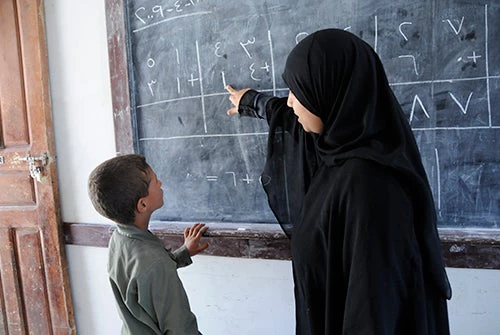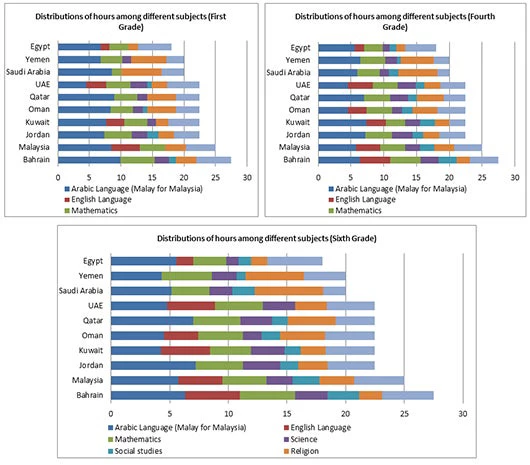 When I first arrived in Sana’a in early 2012, I met with many segments of Yemeni society; including political leaders, civil society organizations, youth, and women leaders and, of course, the new government. From the conversations I had, it was clear that education was always foremost on everyone’s mind.
When I first arrived in Sana’a in early 2012, I met with many segments of Yemeni society; including political leaders, civil society organizations, youth, and women leaders and, of course, the new government. From the conversations I had, it was clear that education was always foremost on everyone’s mind.
I would like to outline in this blog what Yemen has achieved in education over the last 20 years.
In 1991, only 85.8 % of Yemeni boys and 39.8% of girls finished elementary school. This is well below the Arab world average.
In the mid-90s, the government launched the National Education Program. In 10 years, the program has delivered significant results. By 2012, it had succeeded in raising the net enrollment rates for boys to 93.7% and girls 78.5% (overall 86.3%).
The World Bank and several other donors have provided significant financial support to education programs over the last decade. This support helped the government build 23,300 new classrooms and 5,500 schools. It provided the physical capacity the government needed to improve the enrollment rate. The Bank and others also provided cash transfers and food support programs for families to enable them to send their girls to schools, thus also improving girl’s enrollment.
While the government has made progress on enrollment, the quality of education is still very poor and ranks at the bottom of the region. In the 2012 tests conducted as part of the international assessments for the Trends in International Mathematics and Science Study (TIMSS), the average score for fourth grade students in Yemen on the standard mathematics test was 248. This was lower than their regional peers: the average score in the United Arab Emirates (UAE) was 434, 410 in Saudi Arabia and 342 in Kuwait. It was also lower than their global peers: the average score for fourth grade students in Singapore was 606 and 404 in Malaysia. In the TIMSS test of the same year for science, Yemen was also the lowest country with an average score of 209 compared to 428 in UAE, 429 in Saudi Arabia, 347 in Kuwait, 463 in Turkey, and 583 in Singapore.
A multitude of factors contributed to the low test scores of the Yemeni children. These include outdated curriculum, unmotivated teachers that lack training and the lasting impact of childhood malnutrition. Many of these issues are complicated and will take time to address.
I would like to highlight the curriculum issue. In Elementary schools, Yemeni children study 20 hours a week. At fourth grade for example, children study 2 hours of science, 4 hours of math, 6 hours of reading, and 6 hours of religion. This is compared to 3 hours of science, 4 hours of math, and 9 hours of reading in UAE. First Grade students in Yemen have only one hour of science, 3 of math, and 7 for reading; while students in UAE study 9 hours of reading (Arabic and English), 4 of math, and 3 of science. Six grade students study less hours of math, science, and reading than many other countries. See the charts below for comparisons among countries of study hours allocated to different subjects.

The evidence would indicate that increasing the number of hours dedicated to reading, math and science in the curriculum to match other countries would be a critical first step in improving the quality of teaching. This, of course, needs to be accompanied with other interventions, such as changing the teaching methodology, providing better training and incentives for teachers, and creating a safe and adequate learning environment. Improving the outcomes of student learning is a gradual process. While we acknowledge the government of Yemen’s efforts in addressing the quality of education, we would encourage the Ministry of Education to also tackle the issue of low learning hours in key subject areas such as math, science and reading (both Arabic and English). These subjects are very important for developing the required skills for the labor market. Raising standards will take time and the earlier the government initiates the quality improvement program, the earlier they will see better results.


Join the Conversation